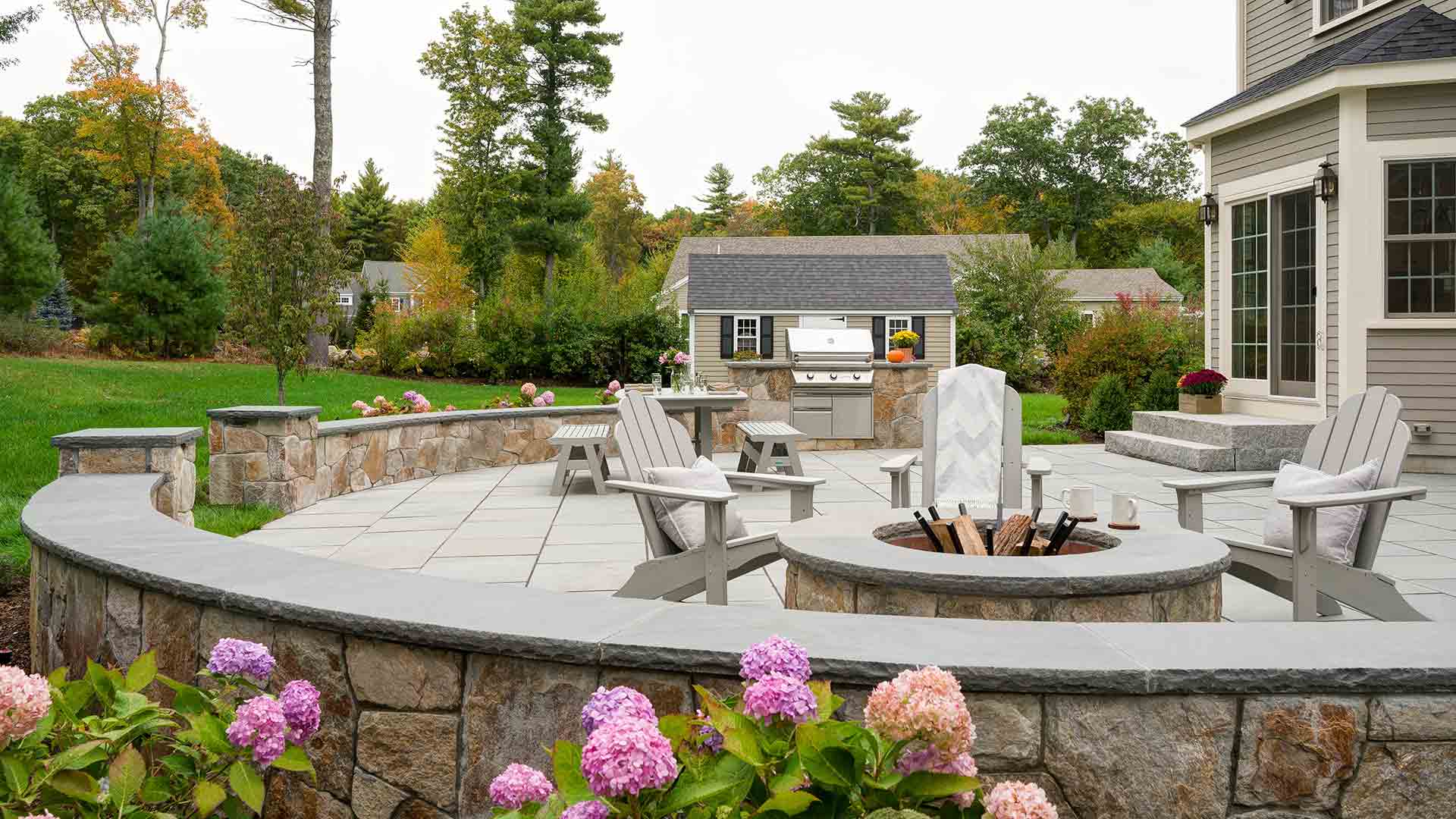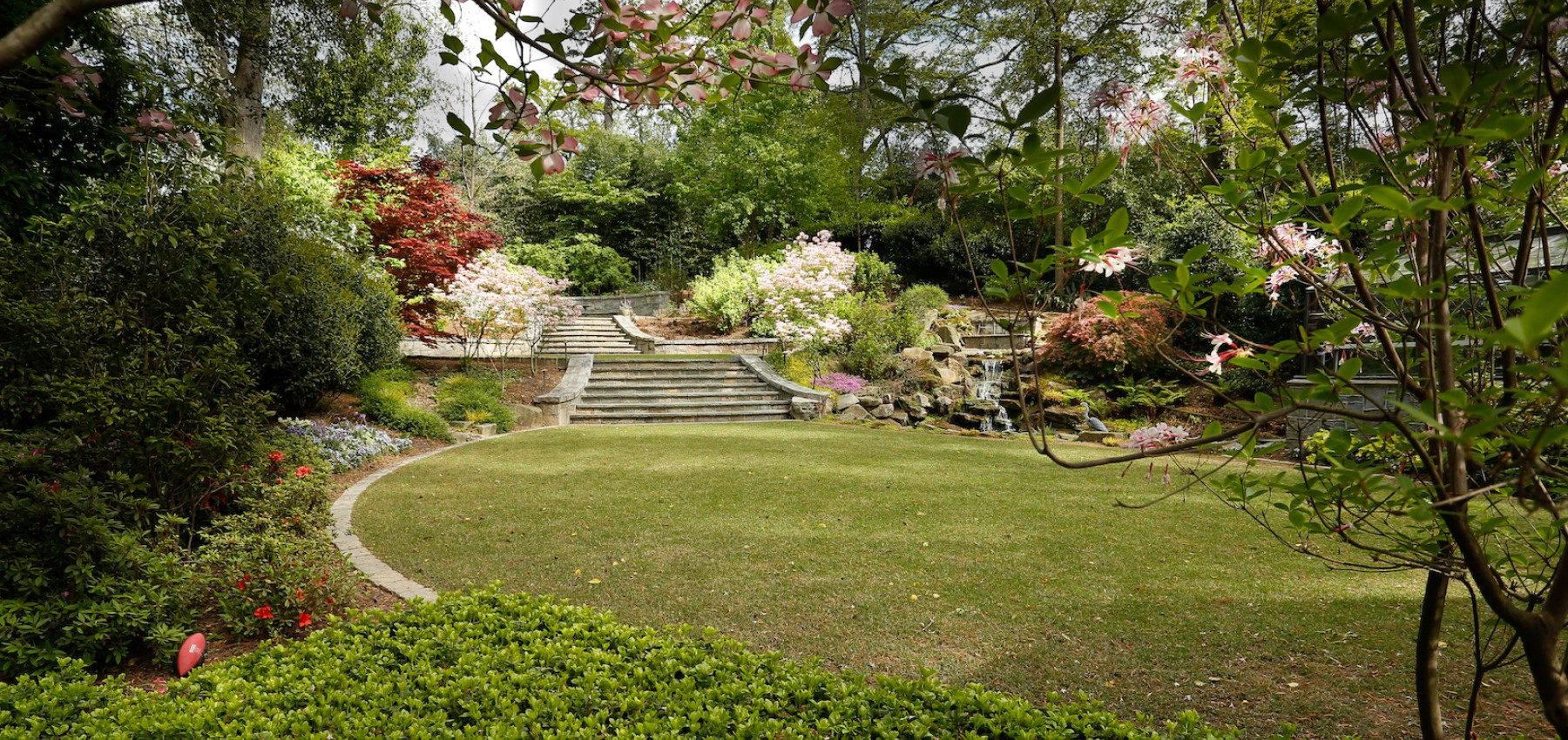The Main Principles Of Landscapers
The Main Principles Of Landscapers
Blog Article
The Greatest Guide To Landscapers
Table of Contents5 Easy Facts About Landscapers ExplainedLandscapers Fundamentals ExplainedThings about LandscapersLandscapers - TruthsIndicators on Landscapers You Need To Know
Each of these elements has a details purpose and meaning, and when incorporated in the proper way, they produce a well balanced and unified landscape - Landscapers. Rocks are considered the backbone of a Japanese garden. They stand for hills or islands and are purposefully put to create a sense of depth and point of viewIt can take the kind of a pond, stream, or waterfall, and its function is to include activity, audio, and reflection to the landscape. Plants, particularly evergreens and deciduous trees, play an important duty in producing a Japanese garden. They are very carefully chosen for their shape, shade, and texture to add interest and comparison to the landscape.
These man-made elements typically have spiritual or spiritual relevance in Japanese culture and are meticulously put within the landscape to produce centerpieces. Photography by Garrett Cook Desert yards, additionally called xeriscaping or arid landscaping, thrive in completely dry and drought-prone areas (Landscapers). These gardens showcase plants that have actually grown accustomed to the hot and dry conditions, making them low-maintenance and water-efficient

They are normally utilized to the neighborhood climate, dirt conditions, and wildlife, making them more durable and much better suited to grow in their environment. This layout style welcomes the charm of neighborhood vegetation and fauna, advertising a local color and attaching us to the land we live on. Picture: Christopher Lee Mediterranean yards stemmed in the countries surrounding the Mediterranean Sea, such as Italy, Greece, and Spain, where the environment is warm and completely dry.
The Single Strategy To Use For Landscapers
In a Mediterranean climate, the summer season heat and aridity are considerable obstacles for plant development. To address this, Mediterranean yard design incorporates aspects that supply color, such as pergolas and arbors, to secure plants from straight sunshine throughout the most popular hours of the day. These frameworks serve a practical objective yet also include building passion to the garden.
To combat this, watering techniques such as drip watering are commonly used to ensure that plants receive a proper quantity of water without losing it. Formal gardens are typically associated with grand estates and palaces, where whatever is perfectly symmetrical and in line. These yards adhere to a stringent geometric pattern, with straight lines and ideal angles dominating the style.
The use of hardscaping components such as fountains, statuaries, and pathways is additionally typical in formal gardens. Casual gardens tend to have rounded pathways, irregularly designed flower beds, and a mix of various plant types.

Excitement About Landscapers
The style is so popular that it doesn't stand out considering that so several people have it. The majority of the landscapes across the nation are traditional style.
You can find traditional landscape design used at the historical homes in midtown Idaho Falls. This style gives a great equilibrium of indigenous and non-native plants.
A modern-day landscape has the most edgy layout style. Bright colored plants incorporate with bold steel containers and furnishings.
It's not about the design of home a landscape fits, yet much more the products it's made out of. While bushes need to be cut to maintain their forms, this style of landscape calls for less specific maintenance.
An Unbiased View of Landscapers
Fuller landscape beds with lots of shade that call for greater levels of upkeep and upkeep. A more recent landscape style that's emerged recently is the rustic modern style.
This style goes finest Look At This with homes that are rustic or modern, and it has a nice mix of the pros and disadvantages of those designs provided above (Landscapers). Uncertain which style fits you finest? Factoring in upkeep and general design and treatment prices can assist sway you in one instructions over one more based on your choices
For one, given that materials like rocks and rough-hewn wood are so preferred here, they are simple to obtain. Plants are left to grow even more normally, as in they don't need to be a symmetrical, trimmed shape. On the other hand, contemporary and home style gardens are generally a lot more pricey to install and need even more maintenance.
You can develop an aesthetically pleasing landscape by following these six principles of style. There are 6 concepts of design that have been utilized by musicians for centuries throughout all art kinds, paint and flower layout as well as landscape design. They are: Balance Focalization Simpleness Rhythm and Line Percentage Unity Equilibrium is a additional reading state of being along with seeing.
Getting My Landscapers To Work
There are 2 significant kinds of equilibrium: balanced and unbalanced. In proportion balance is used in formal landscapes when one side of the landscape is a mirror photo of the contrary side. These landscapes often use geometric patterns in the sidewalks, growing beds and even how the plants are pruned right into forms.

Each location of the landscape may consist of a focal factor, but it is absolutely not required. Landscape developers should not overuse focal points.
Keeping landscapes simple, not jumbled or picky is always a great technique. This is not the opposite of complexity. Lots of landscapes have very complicated attributes, including the architectural style, water attributes and substantial lights features. Landscapes that make people delighted and comfy avoid utilizing way too many colors, shapes, curves and structures, yet in no chance does this mean simple, uninteresting or absence of creative imagination.
Report this page